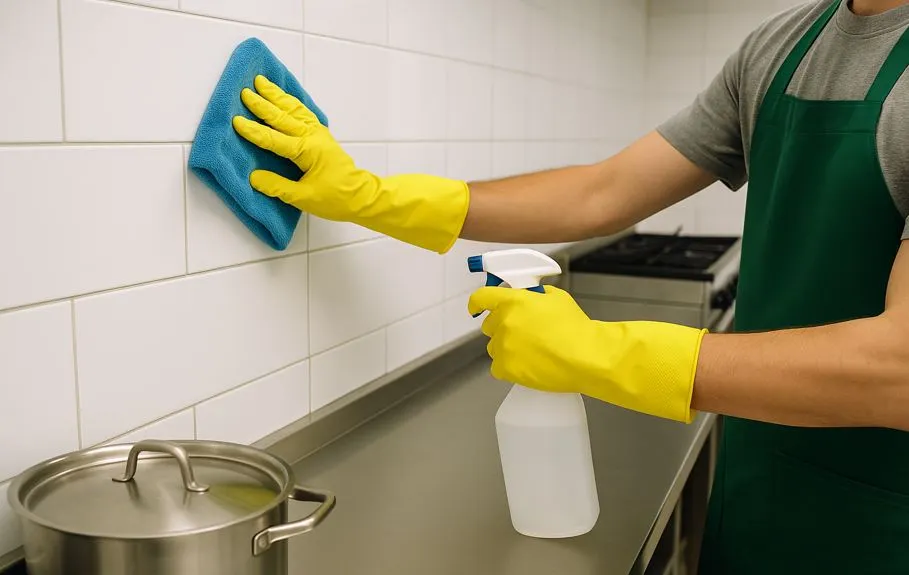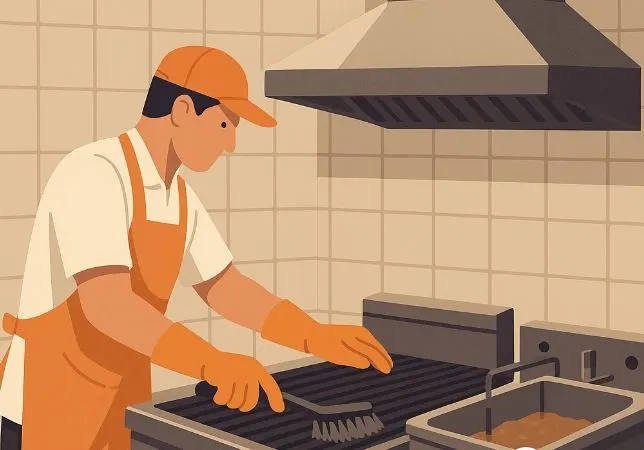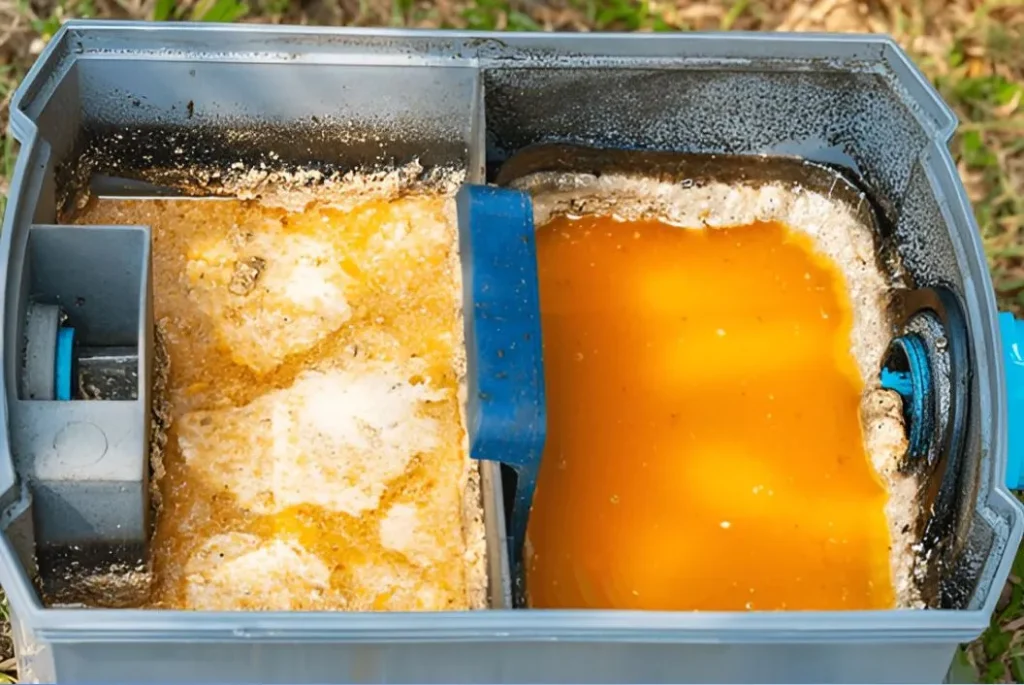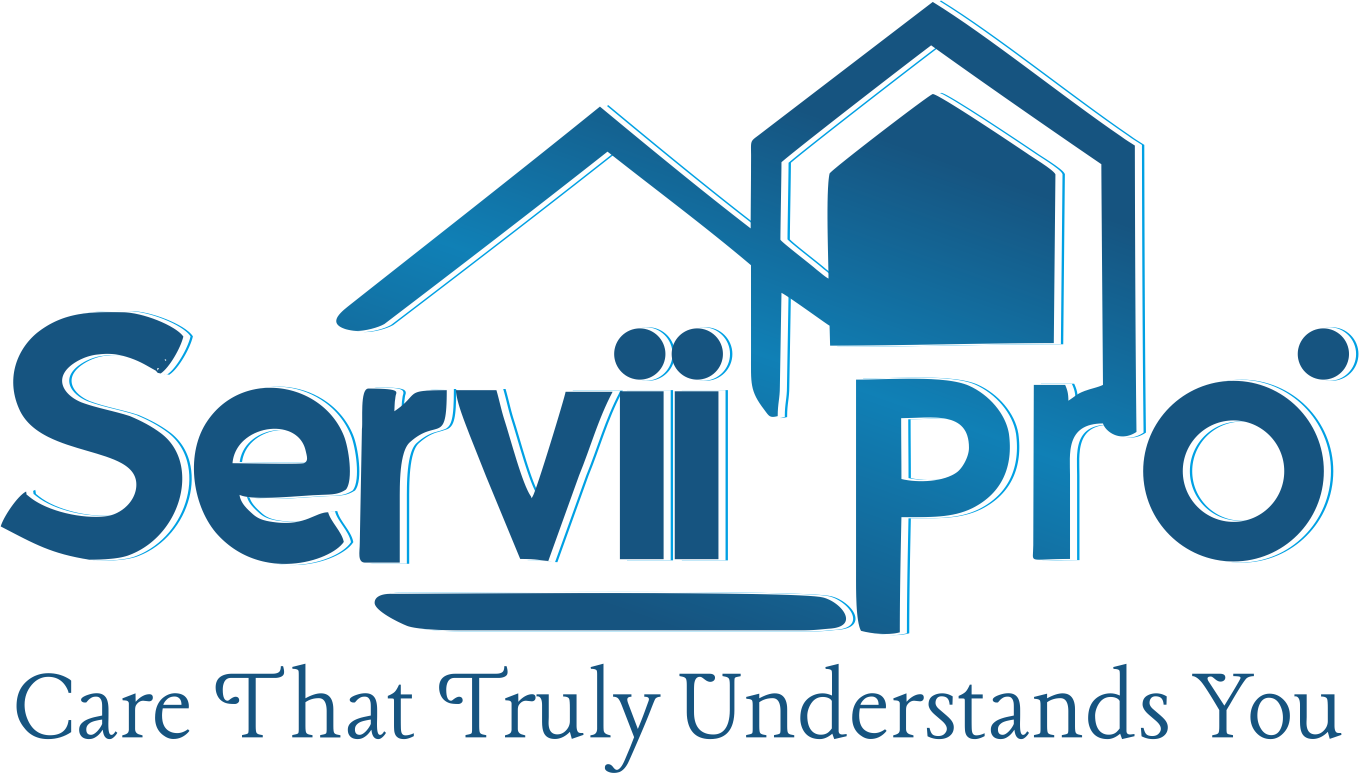Cleaning a commercial kitchen protects food safety, improves efficiency, and extends equipment life. Start by gathering the right supplies: brushes, sponges, disinfectants, and degreasers. Prepare the space by cooling appliances and clearing surfaces. Follow a clear cleaning sequence: wipe walls, scrub fryers, sanitize machines, clean grease traps, vacuum coils, mop floors, and disinfect surfaces. Finish by checking all areas and logging the work. A study from the International Journal of Environmental Health Research found that strict cleaning protocols cut foodborne illnesses by up to 50%.
Essential Supplies for Commercial Kitchen Cleaning
- Brushes and Sponges: Scrub grills, fryers, counters.
- Dish Soap: Clean food-contact surfaces safely.
- Disinfectants: Kill bacteria and viruses.
- Microfiber Cloths: Reduce streaks and trap dirt.
- Vacuum Cleaner: Clean fridge coils and hidden debris.
- Broom and Dustpan: Sweep floors before mopping.
- Mop and Bucket: Apply degreaser to the floor.
- Floor Cleaner: Remove grease buildup.
- Vinegar: Natural deodorizer and cleaner.
- Heavy-Duty Degreaser: Dissolve stubborn grease.
Preparing for the Cleaning Process
- Turn Off Equipment: Prevent accidents, allow safe handling.
- Clear Surfaces: Remove all food, trash, and cookware.
- Organize Cleaning Supplies: Set up nearby to save time.
- Wear Protective Gear: Gloves, goggles, aprons protect against chemicals.
Step-by-Step Cleaning Instructions
1. Wipe Down Walls and Surfaces

Spray EPA-approved disinfectant or a vinegar solution on all wall surfaces. Start from top areas and move downward. Wipe counters, appliance exteriors, shelves, and food prep tables. Pay close attention to high-touch points like light switches, handles, knobs, and faucet heads. Replace cloths often to prevent cross-contamination.
2. Brush the Grill and Clean the Fryers
Use a heavy-duty brush to scrape burnt food and grease from grill surfaces. Remove detachable grill parts for soaking in degreasing solution. Clean fryers according to manufacturer instructions. Drain oil completely.

Fill fryers with water and cleaning solution, then boil if recommended. Scrub walls and baskets separately. Rinse thoroughly and dry before refilling with oil.
3. Sanitize the Ice Machine
Turn off and unplug the machine. Remove any internal parts like trays and filters. Wash parts in warm, soapy water, then rinse with clean water. Wipe down the inside of the machine with a food-safe sanitizer. Reassemble parts only after everything dries fully. Regular ice machine cleaning prevents mold, bacteria, and calcium buildup.
4. Clean the Grease Trap
Work outside of business hours to avoid contamination risks. Pour cold water into the trap to harden grease deposits. Remove the lid carefully to avoid damaging gaskets. Scoop out solid grease and food particles with a small shovel or scoop.

Scrub internal walls and base using a stiff brush. Use a grease trap cleaner or degreaser if buildup remains. Seal the lid tightly after cleaning.
5. Clean Refrigerator Coils
Unplug the refrigerator before starting. Use a coil cleaning brush or a vacuum with a brush attachment. Gently remove dust and grime from coils at the back or bottom of the unit. Wipe down any remaining residue with a dry microfiber cloth. Clean coils quarterly to improve energy efficiency and prevent breakdowns.
6. Mop and Scrub Floors
Sweep large debris using a broom and dustpan. Pay attention to corners and underneath large equipment where grease collects. Use a mop and heavy-duty commercial degreaser diluted in hot water. Start from the farthest point from the entrance and work toward the exit to avoid stepping on clean areas. Focus on grout lines, drain areas, and behind cooking stations. Let floors air dry to avoid slips.
7. Disinfect Equipment and Surfaces
Apply an EPA-approved disinfectant spray directly onto surfaces. Allow surfaces to remain visibly wet for the manufacturer’s recommended time. Focus on food-contact surfaces, hand sinks, cooking equipment, and small tools like tongs and spatulas. After disinfecting, rinse with potable water if required by the chemical instructions. A diluted bleach solution (1 tablespoon bleach per gallon of water) can serve as an alternative for hard non-porous surfaces but must always be rinsed afterward.
Post-Cleaning Checklist
- Allow surfaces to air dry fully.
- Return clean dishes and tools to their spots.
- Inspect the kitchen for any missed areas.
- Record cleaning activities for inspection records.
FAQs
How Often Should You Deep Clean a Commercial Kitchen?
- Daily: Wipe surfaces, sanitize equipment, mop floors.
- Weekly: Deep clean fryers, grease traps, ovens.
- Monthly: Clean coils, sanitize behind heavy appliances.
Is Steam Cleaning Safe for Kitchen Equipment?
Yes. Steam kills 99.99% of bacteria without chemicals. It works well on counters, vents, sinks, and ovens.
Can You Use Bleach Safely in a Commercial Kitchen?
Yes. Use 1 tablespoon of bleach per gallon of water. Rinse surfaces with potable water afterward.
Why Is Sanitization Critical Beyond Cleaning?
Cleaning removes debris. Sanitizing kills unseen bacteria and viruses that cause foodborne illnesses.
When You Need Extra Help: ServiiPro Commercial Cleaning
Managing deep cleaning schedules takes time and precision. If your kitchen faces heavy usage, monthly deep cleans may not be enough. ServiiPro offers full-service commercial cleaning service tailored to industry standards. Our trained teams use EPA-approved products and professional equipment. We handle tough jobs like grease trap maintenance, deep fryer cleaning, and coil vacuuming.

